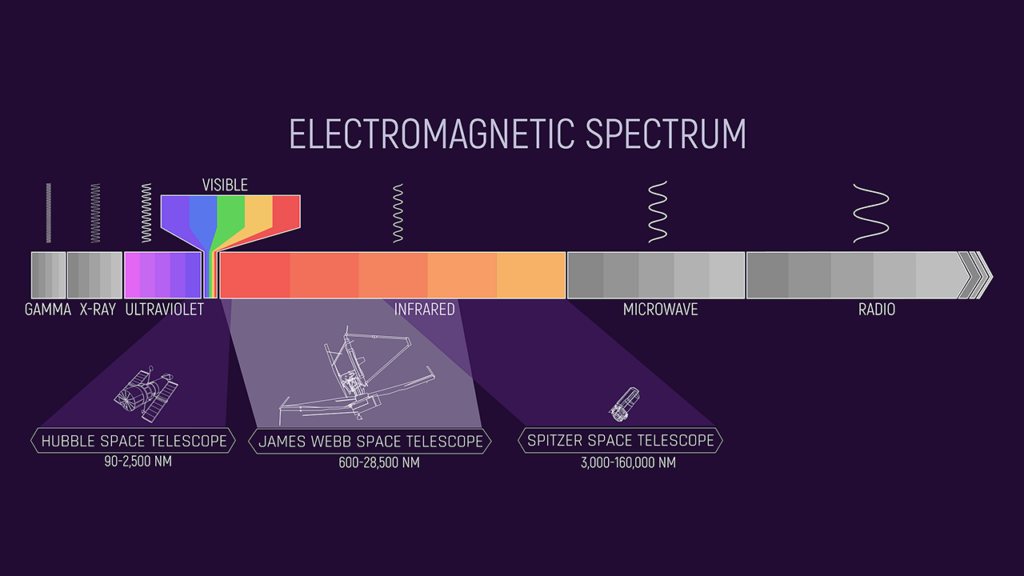X-rays from Chandra have been combined with infrared data from early publicly-released James Webb Space Telescope images. These four objects shown below were among the first images released by the telescope after it finished its commissioning process.

The James Webb Space Telescope (JWST) has the ability to detect light wavelengths into the mid-infrared range, like the Spitzer Space Telescope. Webb’s infrared-detecting technology will reveal the hidden universe to our eyes: stars shrouded in clouds of dust, water in the atmospheres of other worlds, and the first light from the earliest galaxies ever formed.

On the other hand, X-ray telescopes, such as the Chandra X-ray Observatory, detect the X-ray light expected from astronomical objects that contain extremely hot gases at temperatures from about a million kelvin to hundreds of millions of kelvin. Thus, Chandra data generally show higher-energy phenomena (like superheated gas and the remnants of exploded stars) than Webb’s infrared view.
Astronomers plan to combine data from these telescopes for many different objects in the future.
Source:chandra.si.edu
